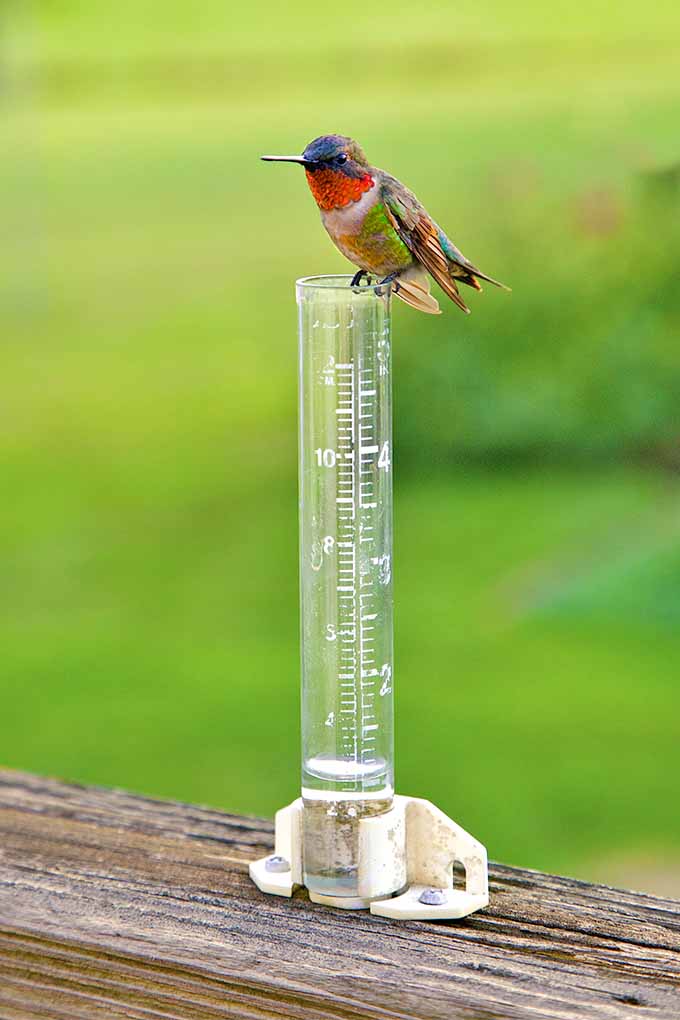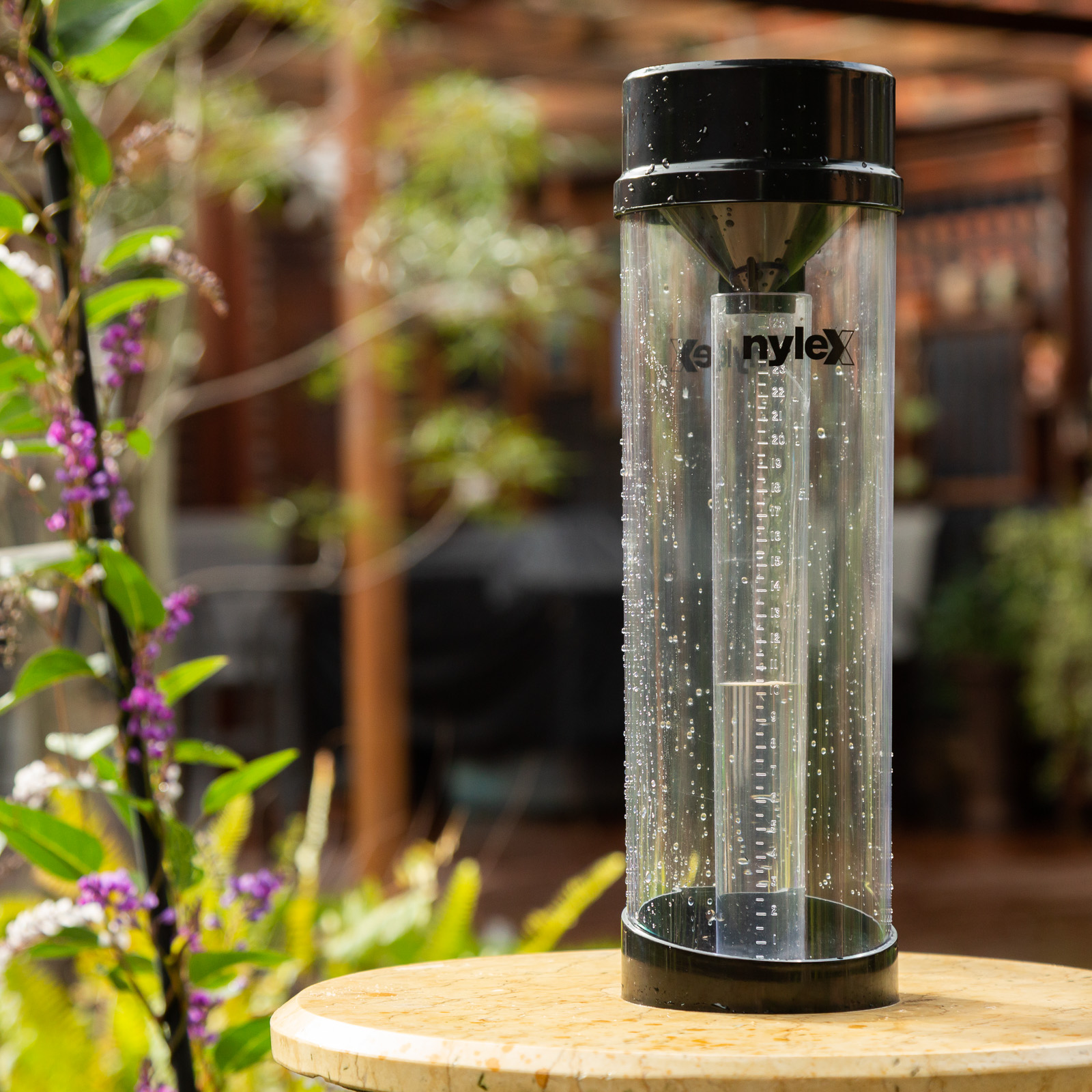Rain Gauge Acquiring Overview: What You Need to Know for Ideal Efficiency
Rain Gauge Acquiring Overview: What You Need to Know for Ideal Efficiency
Blog Article
Revealing the Scientific Research Behind Rain Determines: How These Tools Play an Important Function in Environment Study and Environmental Monitoring
Rainfall gauges, seemingly simple tools, hold a profound value in the world of climate research and environmental surveillance. These plain instruments silently gather among nature's most crucial elements-- rainfall. Yet, behind their unpretentious exterior exists an intricate science that is vital for comprehending the dynamics of our environment. As we peel back the layers of this clinical veil surrounding rainfall determines, we discover a globe where accuracy, information accuracy, and precise observation converge to unveil a much deeper understanding of our transforming climate and its influence on the planet.
Value of Rain Scales
Rainfall determines play a crucial function in surveillance and gauging precipitation degrees, giving crucial information for environment research study and evaluation. These devices are fundamental in quantifying the quantity of rainfall that occurs in a particular location over a particular period. By gathering and determining rain, rain gauges offer useful insights right into the circulation and strength of rainfall, helping meteorologists, hydrologists, and climatologists in understanding climate patterns and trends.
Among the key reasons rainfall evaluates are important is their capability to provide exact and localized data. Unlike satellite or radar-based dimensions, which use more comprehensive monitorings, rain assesses deal accurate information certain to the area where they are placed. This localized information is essential for different applications, consisting of flooding forecasting, dry spell monitoring, and water resource administration. Additionally, lasting information gathered from rain gauges aids in examining climate adjustment effects and patterns, adding substantially to clinical study and decision-making procedures. Basically, rain evaluates serve as crucial devices in the field of meteorology and ecological science, playing a crucial role in advancing our understanding of weather condition and environment dynamics.
Kinds Of Rainfall Gauges

Capability and Procedure
In the realm of environment research and meteorological studies, the efficiency of rainfall evaluates lies in their detailed capability and precise operational systems. Rain gauges are created to precisely measure the quantity of precipitation that falls over a certain area during a set duration.
The functionality of rainfall determines is based upon the principle of accumulating and determining rainwater in a standard manner. This gathered information is essential for understanding regional climate patterns, tracking long-term climate trends, and assessing ecological impacts. To ensure exact dimensions, rainfall evaluates need to be strategically placed in open locations far from obstructions such as structures or trees that could disrupt the collection procedure.
The operational aspect of rain assesses includes normal maintenance to prevent particles buildup, calibration checks to keep measurement precision, and information taping for analysis (rain gauge). In general, the functionality and procedure of rainfall assesses are vital for gathering dependable rainfall information crucial to environment research study and ecological surveillance
Function in Environment Research
Given the essential relevance of accurate precipitation dimensions in comprehending weather condition patterns and environmental effects, the duty of rainfall determines in climate research is crucial. Rain determines give essential data for environment research study by measuring the quantity of precipitation that falls over a details location during a given duration. This information is vital for keeping an eye on long-term patterns in rainfall patterns, analyzing the check influence of climate change on rains circulation, and improving environment designs.

Climate researchers utilize information collected from rain gauges to assess variations in rainfall levels, recognize local climate fads, and assess the effectiveness of water source administration approaches. By contrasting historic rainfall data with current dimensions, scientists can detect changes in rainfall patterns, such as adjustments in the frequency or strength of rains events. This info is important for comprehending how environment change is affecting rainfall dynamics and can help policymakers make notified choices pertaining to adjustment and reduction approaches.
Applications in Ecological Tracking

In flood forecasting, rain scale information assists to track rainfall intensity and distribution, enabling authorities to issue timely warnings and take essential actions to alleviate flood risks (rain gauge). Drought monitoring depends on rainfall scale information to analyze dampness levels in the dirt and track precipitation deficiencies, aiding in the identification of drought-prone areas and the implementation of dry spell feedback approaches
Furthermore, rain gauge information plays a vital role in water resource management by supplying info on water schedule and use patterns. This data is utilized to make enlightened decisions regarding water allotment, preservation actions, and sustainable water resource preparation. In addition, in agriculture, rainfall scale information assists farmers in enhancing watering timetables, plant option, and total farm monitoring methods based on regional precipitation patterns. Generally, rain evaluates are vital tools in look at this site environmental monitoring, using valuable insights that contribute to educated decision-making and sustainable source administration.
Conclusion
In conclusion, rain assesses are vital tools for measuring rainfall, offering important information for climate research study and ecological surveillance. With various kinds and capabilities, rainfall determines play a critical duty in understanding rainfall patterns and their influence on the atmosphere. By accurately determining rains, these tools add to the innovation of scientific expertise and assistance in making notified decisions associated to water source administration and disaster preparedness.
Rain gauges play an indispensable function in tracking and measuring helpful hints rainfall levels, providing necessary information for environment study and evaluation. The standard rainfall gauge, understood as the "tipping container" scale, is one of the most generally used gadgets. Ultrasonic rainfall assesses use noise waves to spot the visibility of rainfall, offering real-time data on rainfall degrees.Climate researchers use data collected from rainfall gauges to evaluate variants in rainfall degrees, recognize regional climate trends, and examine the performance of water source monitoring methods.In verdict, rainfall gauges are necessary tools for measuring precipitation, offering useful data for environment study and environmental surveillance.
Report this page